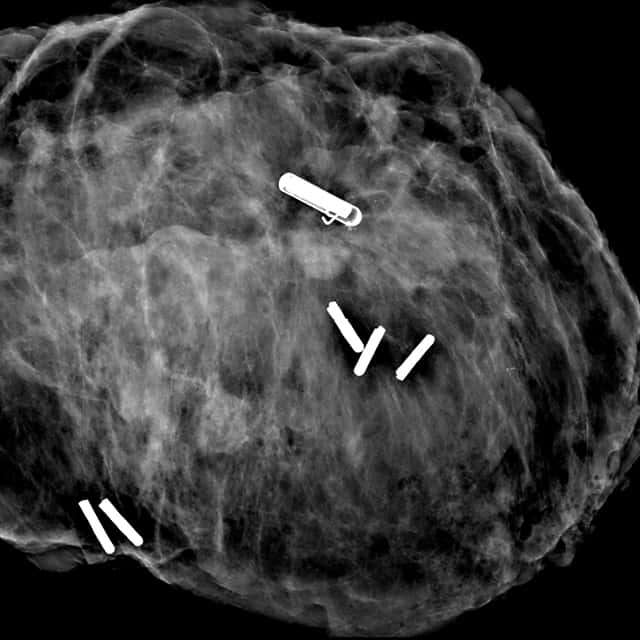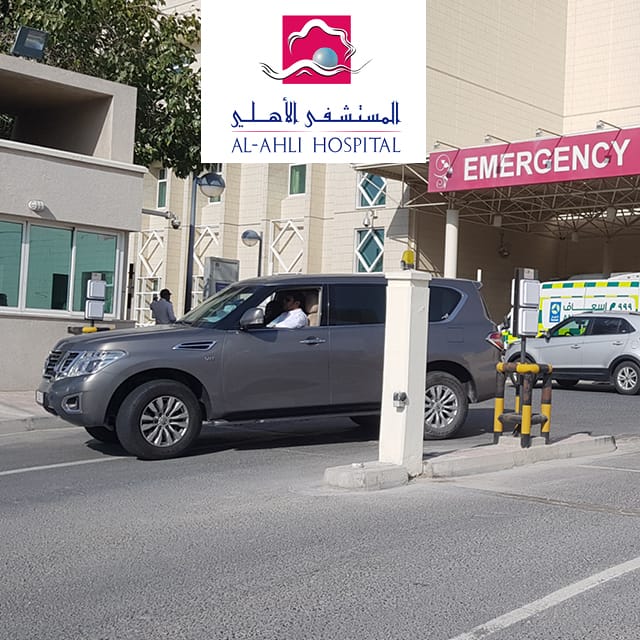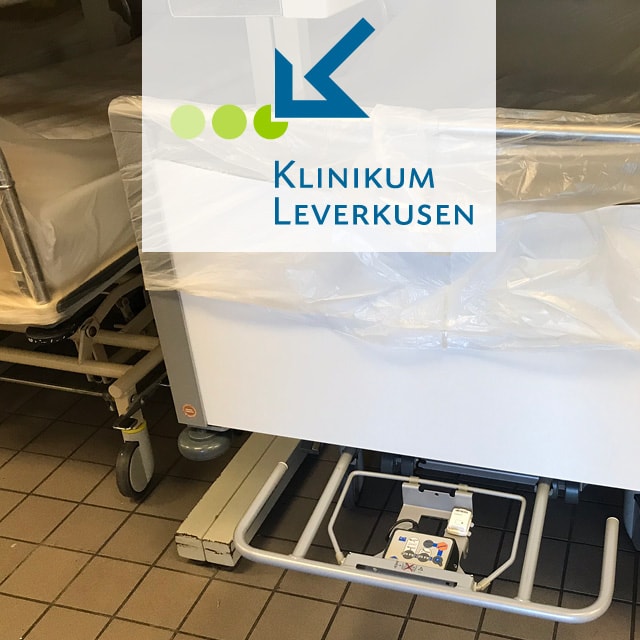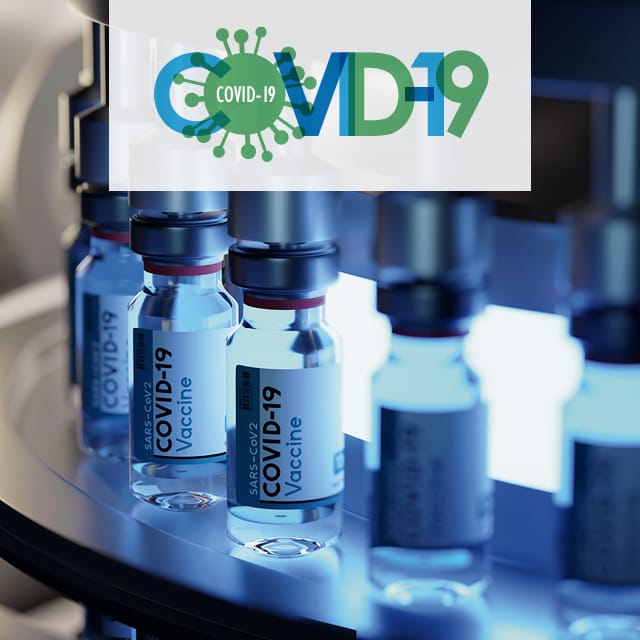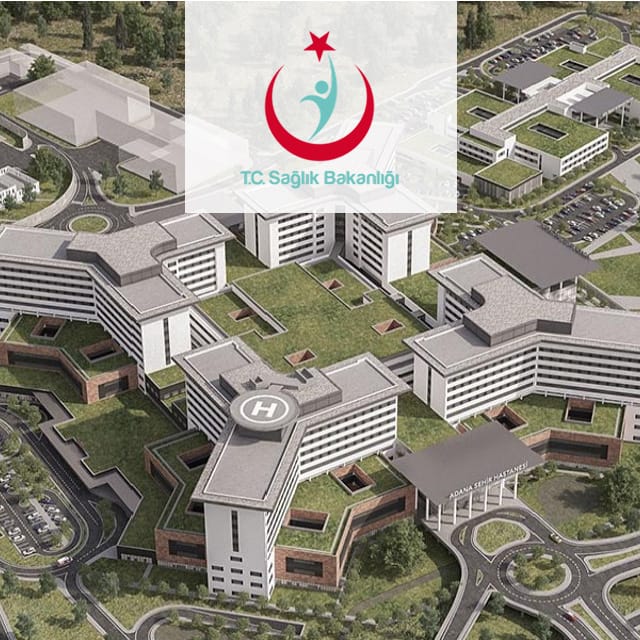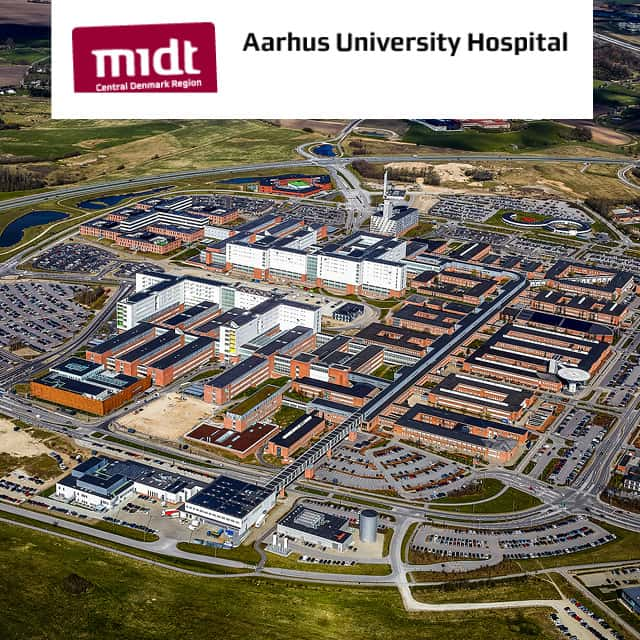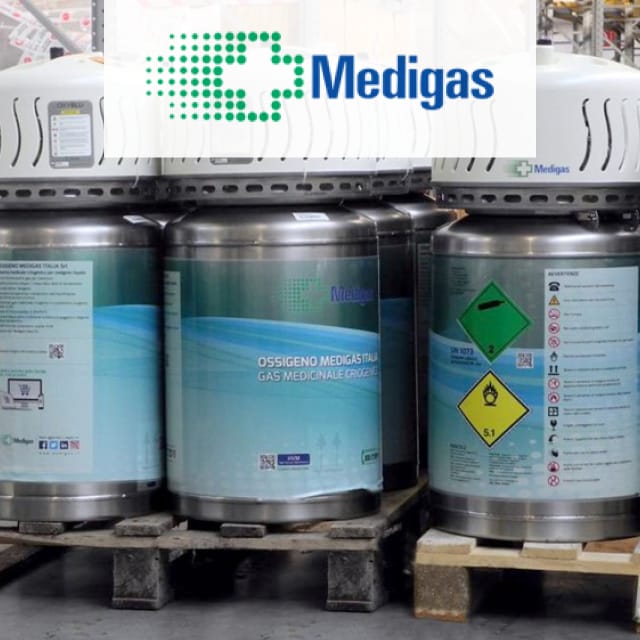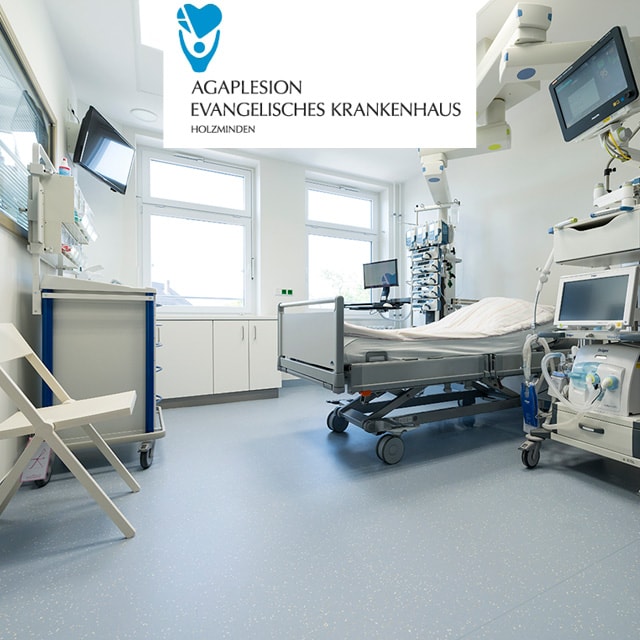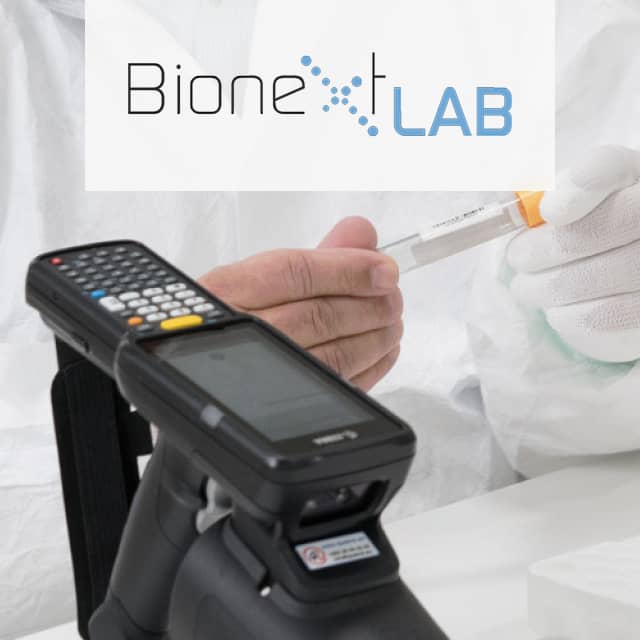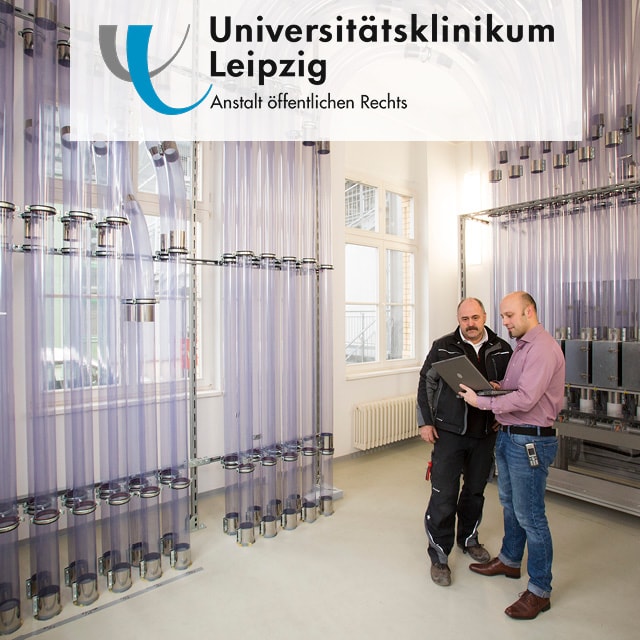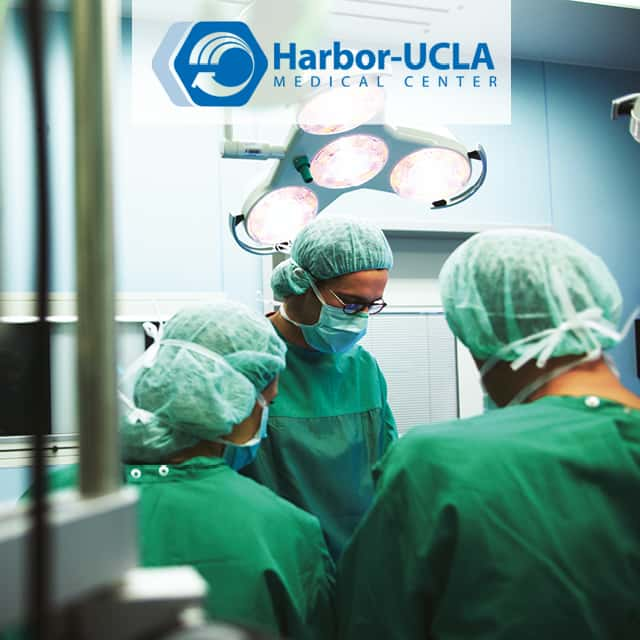
Millimeter-Accurate Localization of Breast Lesions with LF RFID
At Harbor-UCLA Medical Center in Los Angeles (USA), an RFID-based labelling solution is used in the preliminary stages of breast cancer surgery.
The method, which is based on LF RFID technology, offers patients and surgeons advantages for operations compared to the established wire marking.
The Harbor-UCLA Medical Center is one of five level one trauma centers in Los Angeles County. The hospital is part of the healthcare system for more than 700,000 residents in the South Bay area.
Process Requirements
Currently used screening and diagnostic methods allow the early detection of breast cancer and other lesions that require biopsy excision.
For the removal of small breast lesions, precise localization, accurate to the millimeter, is necessary to ensure the success of the operation. The conventional localization method used to be preoperative wire marking.
Wire marking has disadvantages for both the patient and the clinical team. A maximum of 24 hours may pass between the insertion of the wire and the excision biopsy. The consequence for the patient: Two invasive procedures in one day.
The wires used are flexible. The exact, millimeter-precise location of marked lesions makes it difficult for the surgeon.
Objective
- Minimization of painful procedures
- Use of a method without biochemical side effects
- Time-optimized OR preparation and planning
- Precise localization of lesions during the operation
- Minimal use of technology and effort during the operation
Solution
One or more LF RFID transponders are used by radiologists to mark a lesion. Each tag has a unique identification number. A surgeon can distinguish precisely between several tags. It is possible to narrow down a larger area, as well as to surgically remove multiple lesions close together.
The localization tag can be used days or weeks before surgery. The possibility of exact localization remains constant for up to 30 days.
The acoustic signal of a handheld supports the localization during the operation. The distance to the RFID tag is indicated in millimeters.
To avoid migration of the transponders or parts of them into surrounding tissue, the transponder is made of biocompatible glass with a polypropylene layer.
Advantages
- Lesions can be located more easily and reliably
- Reduced waiting times for patients
- No need for two invasive procedures in one day
Advantages over alternative methods without wire
- Radioactive seeds have to be controlled with costly procedures. Handling, placement, processing, and disposal are complex.
- Ultrasonic equipment is required to locate hydrogel markings. Hydrogels are presumed to migrate into surrounding tissue.
Learn More
Questions? Get in contact with the editorial team!
Technologies
Application Fields


